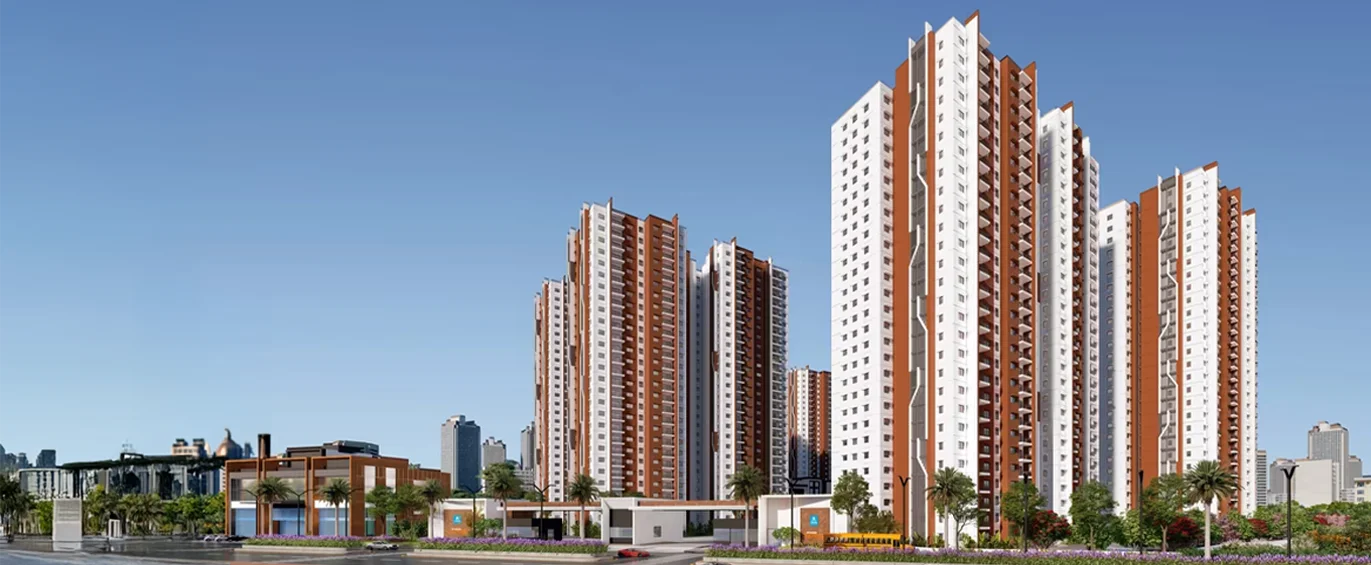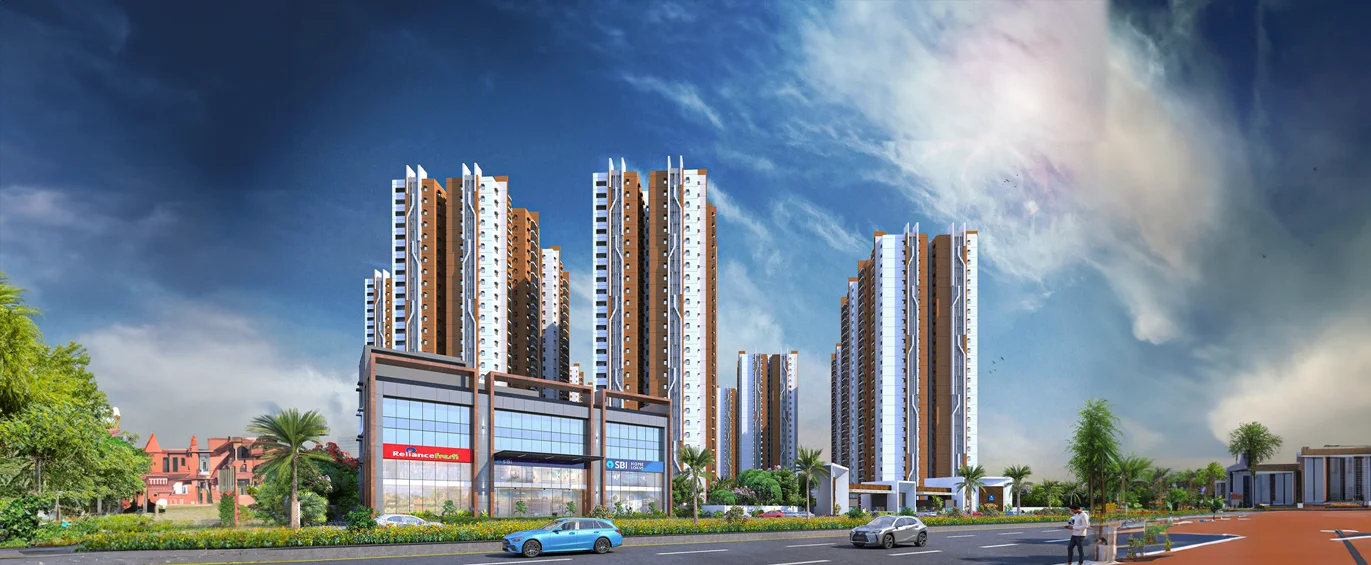In the aftermath of the COVID-19 pandemic, home buyers in India have changed the way they approach buying real estate. Homebuyers will largely favour risk-free property investments for the foreseeable future. There will be high demand for reputed developers with minimal execution risk. Prices will continue to increase as home buyers will carefully consider the quality of the developer, project, and environment. Overall, this is an opportune time to buy a home.
As working from home (WFH) becomes the norm, consumers are opting for well-equipped projects with dedicated home offices including 24-hour uninterrupted power and smart home capabilities. Consumers will seek projects with home automation systems using voice, smartphone, and physical commands. There is also a growing demand for projects with premium facilities including clubhouses, fitness centers, swimming pools, playgrounds, and sports facilities, as well as on-site supermarkets and pharmacies for added convenience and comfort.
WFH has led to the increasing demand for housing in suburban areas where premium spacious housing is more affordable. The Hyderabad real estate market, for example, has room for growth because the city’s suburbs offer affordability without compromising on connectivity and amenities. Strategic growth corridors in these suburbs allow Hyderabad’s property market to continue to expand and grow without resulting in surging prices.
The suburbs of cities are characterised by an abundance of gated communities and integrated townships which are the future of India’s urban planning initiatives. Townships allow residents to live in a highly organized real estate development that provides a holistic mix of housing with modern amenities, green open spaces, and connectivity to commercial hubs. This makes the integrated township model a fast-growing segment in India’s metros.
A significant advantage of gated communities and townships is the abundance of natural surroundings and open spaces. More consumers are preferring homes with expansive greenery as health and wellness become top priorities. These projects must seamlessly fit into the surrounding area and optimise the use of natural resources.
Energy-efficient and eco-friendly homes are gaining popularity since they prioritise resident welfare. Homes with reduced water and energy consumption, enhanced air quality, use of natural lighting, and decreased CO2 emissions have a significant impact on overall health and well-being. As home buyers shift their focus towards environmental responsibility, the availability of green amenities is on the rise including solar panels, rainwater harvesting, waste management, and high-efficiency lighting.
The growing trend of affordable housing is a boon for homebuyers who may not want to commit a large amount of money, but still want to make a secure long-term investment. The availability of affordable housing is critical to the real estate sector’s reinvigoration as it widens the market opportunity. It must continue to be incentivised for both developers and consumers.
The key drivers of growth in India’s residential real estate market are policy reforms including RERA and GST. The Reserve Bank of India’s recent decision to link loan rates with the repo rate will have a significant impact on the real estate sector in the coming years. The linkage lowers EMIs on home loans, making them cheaper, as well as reducing the debt repayment burden on developers. It presents a good opportunity for the sector as the ease of financing should translate into increased demand, new project launches, and a rejuvenated market.
Recommended blogs







